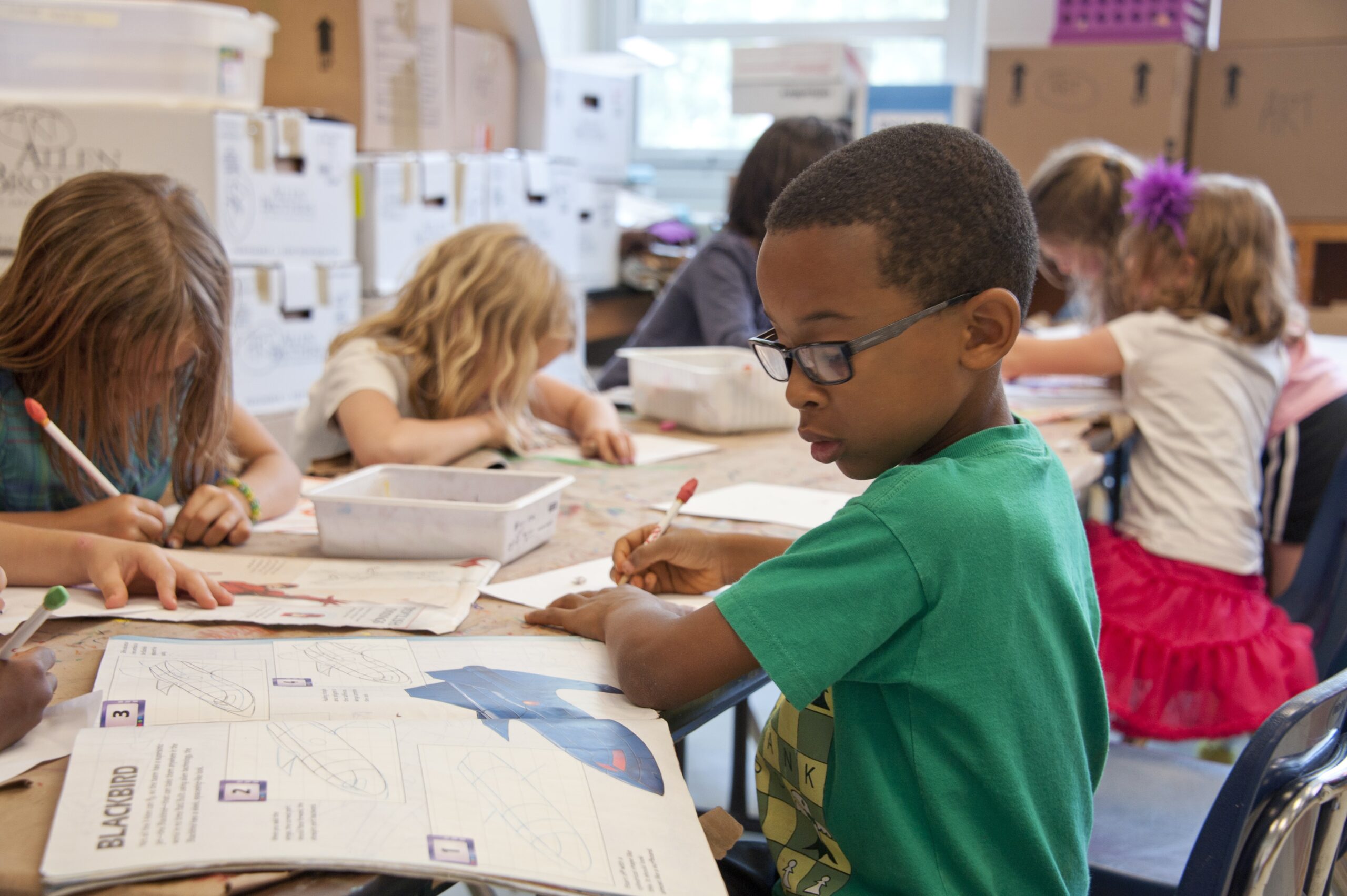School vouchers are public funds allocated to parents for tuition at private schools. Vouchers have been a controversial concept since the 1950’s when economist and Nobel prize winner Milton Friedman proposed them as a method of school reform in the New York City School system. “Parents could be permitted to use the vouchers not only in private schools but also in other public schools . . . The public schools would then have to compete both with one another and with private schools.” Yet teachers’ unions remain steadfastly opposed to vouchers. Their position states that vouchers take “scarce resources” from public schools and help fund private schools that have no accountability.
However, according to the National Educational Statistics Center, “The 2012-13 national average for total education spending was $12,296 per pupil of which $6,693 was designated as spent on instruction.” So approximately half of the spending goes to fixed costs like transportation, administration, and maintenance. The loss of the instructional cost per student should not affect the school.
In order to provide educational equality, all students should have the same opportunities. A recent report by NAEP (the nation’s report card) shows disappointing results. While 40% of students reach the proficiency level in math in 4th grade, that drops to 34% in grade 8 and 24% in grade 12. The results in reading are similarly distressing, with only 34-37% of students showing proficiency. These uninspiring results for the American school system are also reflected internationally.
Currently, approximately 30% of states offer some form of school vouchers. “There are currently 27 voucher programs in 16 states and the District of Columbia.” In two states that do provide school choice, Arizona and Florida, “4th-grade reading proficiency for Black, Hispanic, and low-income students has grown considerably faster than the national average.The level for Black students in Arizona improved 91% between 1998 and 2019. The Florida level soared by 188%, while the national average improved 80%.
In April, The American Federation for Children published the results of national polls by Real Clear Opinion Research that indicated overwhelming support of school choice: “71% . . . 65% support parents having access to a portion of per-pupil funding to use for home, virtual, or private education if public schools don’t reopen full-time for in-person classes.” An Edchoice.org poll published in March, when most schools remained closed, indicated a similar finding: “Nearly three in four parents of school-aged children somewhat or strongly support vouchers. . . Blacks are the demographic most supportive of school vouchers, surpassing Republicans and young adults.”
Will parental pressure influence state legislatures to consider vouchers? The school voucher system will continue to be a contentious issue even when schools fully reopen.


